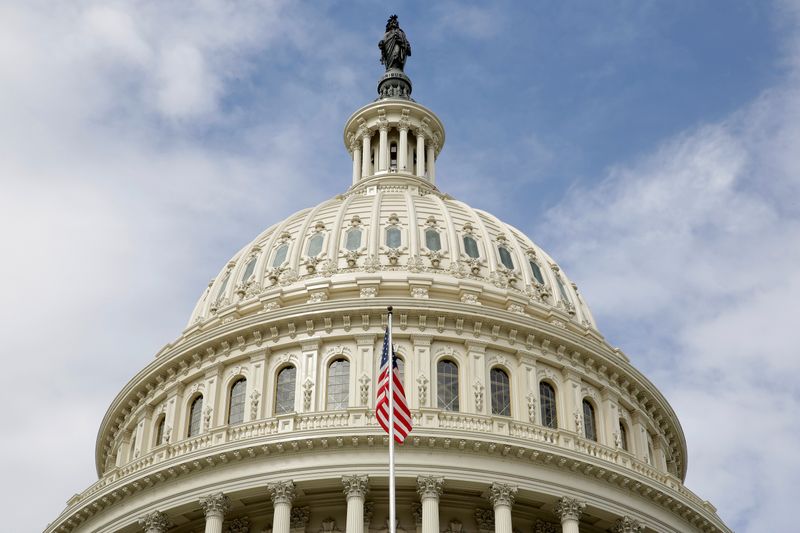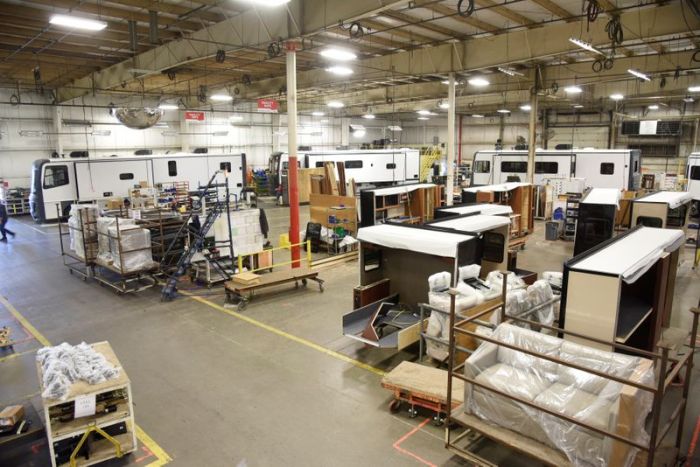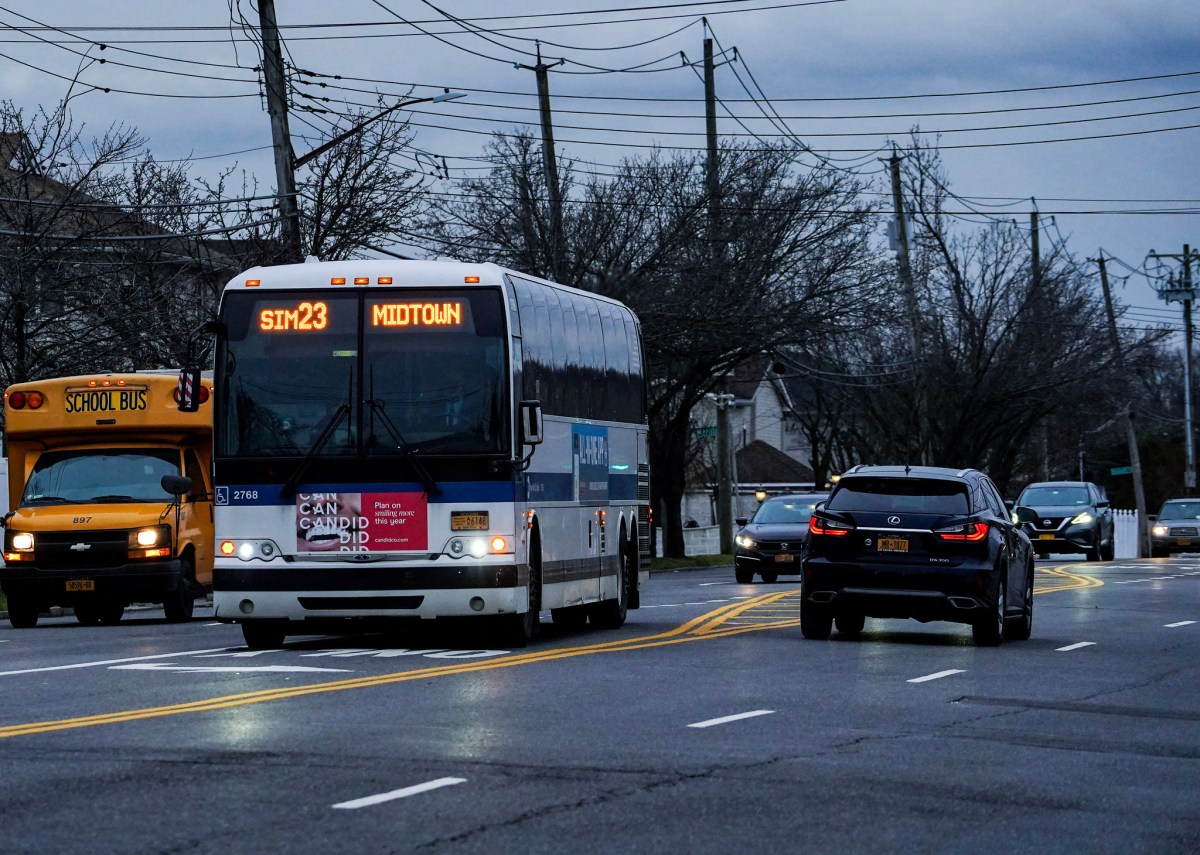WASHINGTON (Reuters) – The race to succeed the only sitting U.S. congressman to have died from COVID-19 has drawn a free-for-all of 23 candidates in a Republican-leaning district of north Texas, where Democrats have made gains in recent years.
Representative Ron Wright, a Republican, died of COVID-19 in February. The May 1 special election to replace him will be the first test of the Texas electorate, where Democrats hope to advance, since President Joe Biden’s 2020 election victory.
Former President Donald Trump won the state’s electoral votes with 52% of the vote in the 2020 election. The north Texas region has sent a Republican congressman to Washington since the 1980s, but Trump only narrowly won the district last year. He has not endorsed anyone in the race.
With so many people competing to represent the suburban Dallas-Fort Worth area, the special election is expected to produce a summer runoff between the two top performers. The contest could pit a Republican against a Democrat or feature two Republicans, depending on the results of the May 1 vote.
The race may be the most competitive of several special elections this year to replace House members who have either died or gone to work for Biden’s administration. Others will be held in New Mexico in June and Ohio in November; the date for a Florida special election has not been set.
Every House seat counts. Democrats currently have just a seven-seat majority, and it will shrink to six later this week with the swearing-in of Representative-elect Julia Letlow of Louisiana, the widow of a Republican who died of COVID-19 before he could take the oath of office. Democrats will be battling to keep their majority in the November 2022 congressional election.
The sheer number of candidates in the Texas district – 10 Democrats, 11 Republicans, an independent and a Libertarian – suggests anything can happen. Early voting starts on April 19. If no one gets a majority on May 1, the governor will schedule the runoff.
Wright’s widow Susan, a conservative party activist with a string of endorsements from Texas Republicans, is thought by analysts to have the edge over a Republican field that includes Texas state legislator Jake Ellzey; two former Trump administration officials, Brian Harrison and Sery Kim; and an anti-Trump Republican, Michael Wood.
Prominent Democratic candidates include Jana Lynne Sanchez, whom Wright defeated in 2018; Lydia Bean, who lost a 2020 race for the Texas state legislature; and Shawn Lassiter, a Black former science teacher.
“Democrats are a relevant force and if they don’t overly fragment their own vote, should be able to place a Democratic nominee in the runoff,” said Mark Jones, a political science professor at Rice University.
The Democratic Congressional Campaign Committee, the party’s congressional campaign arm, has yet to throw its weight behind anyone.
Last year Democrats made a big play for Texas in the congressional election by targeting 10 seats including the 6th district, but they lost all of them. The late Wright beat a Democrat by nearly nine points in November.
Democrats think they have a chance in May if their voters turn out.
“In a special election you can have disproportionate turnout and it gives Democrats a shot here,” said Matt Angle of the Lone Star Project, a Democratic political action committee.
Others are doubtful.
“As much as they may talk about flipping this congressional district, their recent track record suggests that’s unlikely to happen,” said Joshua Blank, research director at the Texas Politics Project at the University of Texas at Austin.
(Reporting by Susan Cornwell; Editing by Scott Malone and Chizu Nomiyama)

























